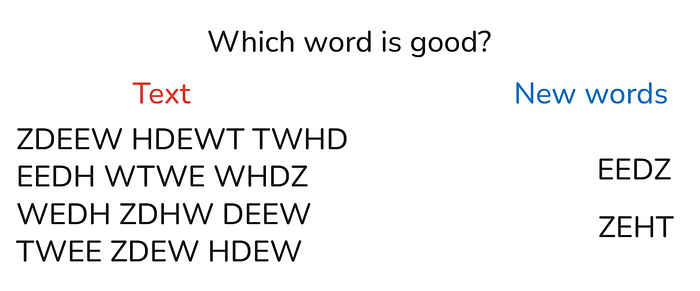Introduction to Cursor’s Latest AI Software Development Platform
Cursor has released its latest AI software development platform with a new multi-agent interface and the debut of its coding model, Composer. The new Composer model is described as a “frontier model”. Cursor claims it is four times faster than other models of similar intelligence. The company built it specifically for “low-latency agentic coding” within the Cursor environment. The company states that the model can complete most conversational turns in under 30 seconds.
Key Features of the Composer Model
This speed is intended to improve the developer’s workflow. Early testers reported that the ability to iterate quickly with the model was a key benefit. They also apparently grew to trust Composer for handling complex and multi-step coding tasks. To achieve this performance, Composer was trained with a suite of powerful tools. One of the key tools mentioned is “codebase-wide semantic search”. This training, Cursor says, makes Composer much better at understanding and working in large, complex codebases—a common challenge for many generative AI coding assistants.
New User Interface
The second major update is the new user interface. Upon opening the new version, users will notice a “more focused” design. The entire AI-driven software development experience in Cursor has been rebuilt to be “centered around agents rather than files”. This change in focus is designed to allow developers to concentrate on their desired outcomes, while the AI agents manage the underlying details and code implementation. For developers who still need to work directly with the code, the new layout retains the ability to open files easily. Users can also revert to the “classic IDE” view if they prefer.
Running Multiple AI Agents in Parallel
A core feature of Cursor’s new platform is its ability to run many AI agents in parallel without them interfering with one another. This functionality is powered by technologies like “git worktrees or remote machines”. Cursor also noted an interesting emergent strategy from this parallel approach. They found that assigning the same problem to multiple different models and then selecting the best solution “greatly improves the final output”. This is particularly effective for more difficult or complex tasks.
Addressing New Challenges
The company acknowledges that as AI agents take on more of the coding workload, new bottlenecks have emerged for developers. The two biggest new challenges are “reviewing code and testing the changes”. Cursor 2.0 includes new features designed to start solving both of these problems. The interface has been simplified to make it “much easier to quickly review the changes an agent has made”. This allows developers to dive deeper into the code only when necessary.
Autonomous Development Process
Cursor 2.0 also introduces a “native browser tool” that enables the AI agent to test its own work automatically. The agent can then iterate on its solution, running tests and making adjustments until it produces the “correct final result”. This marks a step towards a more autonomous development process, where agents can not only write code but also validate it.
Conclusion
Cursor’s latest AI software development platform is a significant step forward in the field of AI-assisted coding. With its new multi-agent interface and the debut of the Composer model, it offers a range of benefits for developers, including improved workflow, increased speed, and enhanced productivity. As the field of AI continues to evolve, it will be exciting to see how Cursor’s platform develops and improves.
FAQs
Q: What is the Composer model?
A: The Composer model is a “frontier model” that is four times faster than other models of similar intelligence. It is specifically designed for “low-latency agentic coding” within the Cursor environment.
Q: What are the key features of the new user interface?
A: The new user interface is designed to be “more focused” and is centered around agents rather than files. It allows developers to concentrate on their desired outcomes, while the AI agents manage the underlying details and code implementation.
Q: Can multiple AI agents be run in parallel on the platform?
A: Yes, the platform is capable of running many AI agents in parallel without them interfering with one another. This functionality is powered by technologies like “git worktrees or remote machines”.
Q: What are the new challenges that have emerged for developers as AI agents take on more of the coding workload?
A: The two biggest new challenges are “reviewing code and testing the changes”. Cursor 2.0 includes new features designed to start solving both of these problems.
Q: What is the native browser tool introduced in Cursor 2.0?
A: The native browser tool enables the AI agent to test its own work automatically. The agent can then iterate on its solution, running tests and making adjustments until it produces the “correct final result”.










